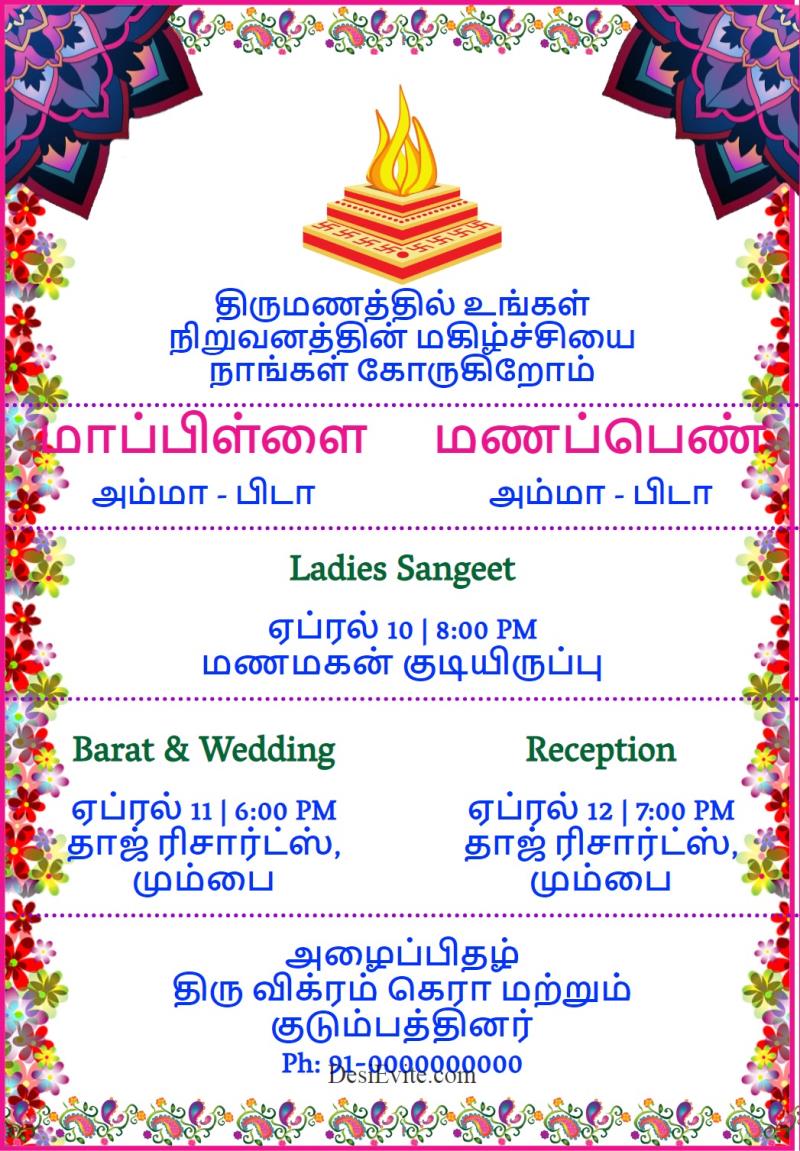How To Create Wedding Invitation Card In Tamil

The scent of jasmine and sandalwood wafts through the air, mingling with the rhythmic chanting of mantras. A young woman, her hands adorned with intricate mehndi designs, carefully examines a stack of vibrant cards. Each one tells a story, a story of two souls embarking on a lifelong journey together, penned in the elegant script of Tamil.
Crafting a wedding invitation in Tamil is more than just conveying information; it's about weaving cultural threads, honoring tradition, and expressing heartfelt blessings. This article will guide you through the essential elements of creating a beautiful and meaningful Tamil wedding invitation, ensuring your announcement resonates with warmth and authenticity.
Tamil wedding invitations, known as 'Kalyana Patrikai' (கல்யாண பத்திரிகை), are steeped in tradition. The language used is often formal and respectful, reflecting the sanctity of the occasion. The design often incorporates auspicious symbols and colors, believed to bring good fortune to the couple.
Key Elements of a Tamil Wedding Invitation
The Auspicious Beginning: Invoking the Divine
Traditionally, Tamil invitations begin with an invocation to Lord Ganesha, the remover of obstacles. This is often represented by the symbol 'ஓம்' (Om) or a small image of Lord Ganesha himself. Following this, a brief prayer or verse may be included, seeking blessings for the couple.
The Announcement: Sharing the Joy
The announcement section clearly states the purpose of the invitation: the wedding of [Groom's Name] and [Bride's Name]. Include the names of the parents of both the bride and groom, presented with utmost respect. The groom's name traditionally appears first, followed by the bride's.
The Details: Time, Date, and Venue
Provide precise details about the wedding ceremony, including the date (in Tamil calendar if possible), time (down to the auspicious 'Muhurtham'), and venue. Ensure the address is clear and easy to understand, especially for guests unfamiliar with the location.
The Invitation: Extending the Warmth
The core of the invitation lies in the heartfelt plea to attend the wedding and bless the couple. Use respectful and affectionate language, such as "தங்கள் அனைவரையும் அன்புடன் அழைக்கிறோம்" (Thangal anaivaraiyum anbudan azhaikkirom – We cordially invite you all). Express your anticipation for their presence and blessings.
Other Important Details: Additional Events
Include details of other pre-wedding ceremonies, such as the 'Reception' (வரவேற்பு) or 'Nalangu' (நலங்கு), if applicable. Provide the date, time, and venue for each event separately. This allows guests to plan their attendance accordingly.
The Design: Colors, Symbols, and Typography
Traditional Tamil wedding invitations often feature auspicious colors like red, yellow, and green. Symbols like the lotus flower, mango leaves, and the rising sun are also common. Choose a typography that is elegant and easy to read, ensuring the text is clear and legible, even for those who may not be fluent in Tamil.
Choosing the right words and phrases is crucial. The language should be formal yet warm, reflecting the sacredness of the occasion and the joy of the families involved. Seek guidance from elders or Tamil scholars to ensure the language is accurate and appropriate.
Modern technology offers numerous options for designing and printing your wedding invitation. Consider using online design tools or hiring a professional graphic designer specializing in Tamil wedding invitations. Remember to proofread the invitation carefully before printing to avoid any errors.
Creating a Tamil wedding invitation is a labor of love, a testament to the rich cultural heritage and deep-rooted traditions. By carefully crafting each word and choosing the right design elements, you can create an invitation that truly reflects the beauty and significance of your special day. It is more than just a card; it's a cherished keepsake that will be treasured for years to come.

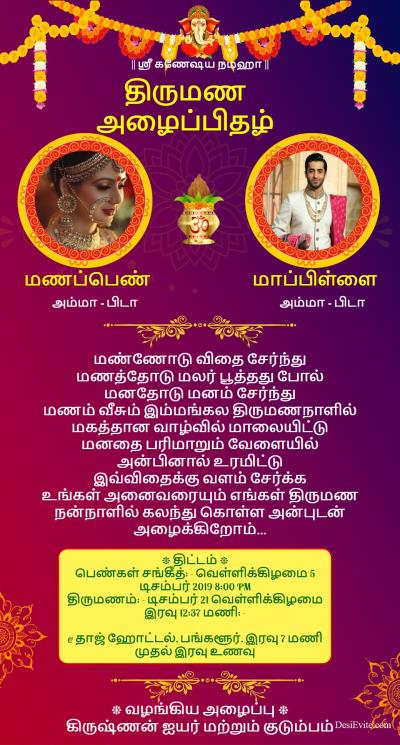
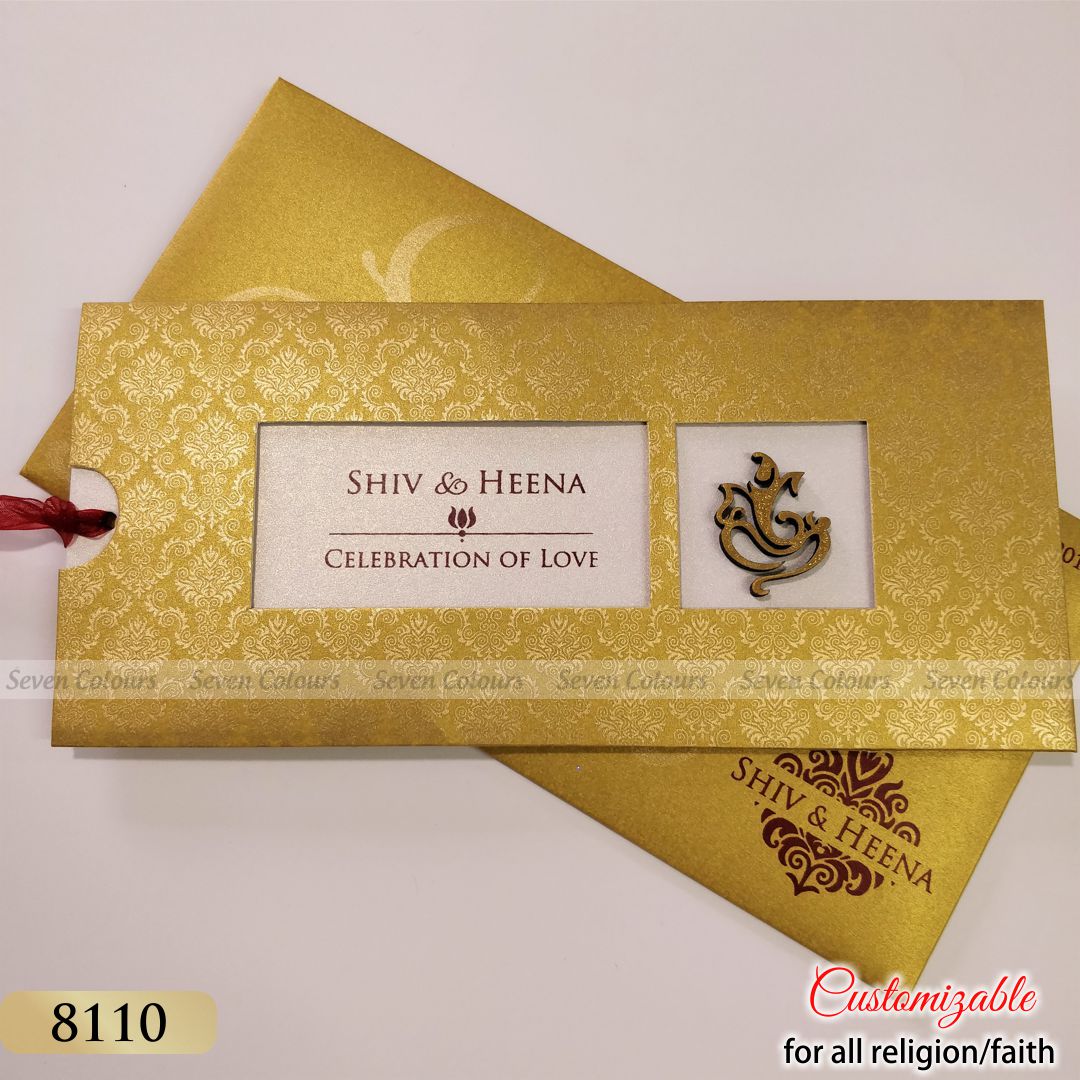

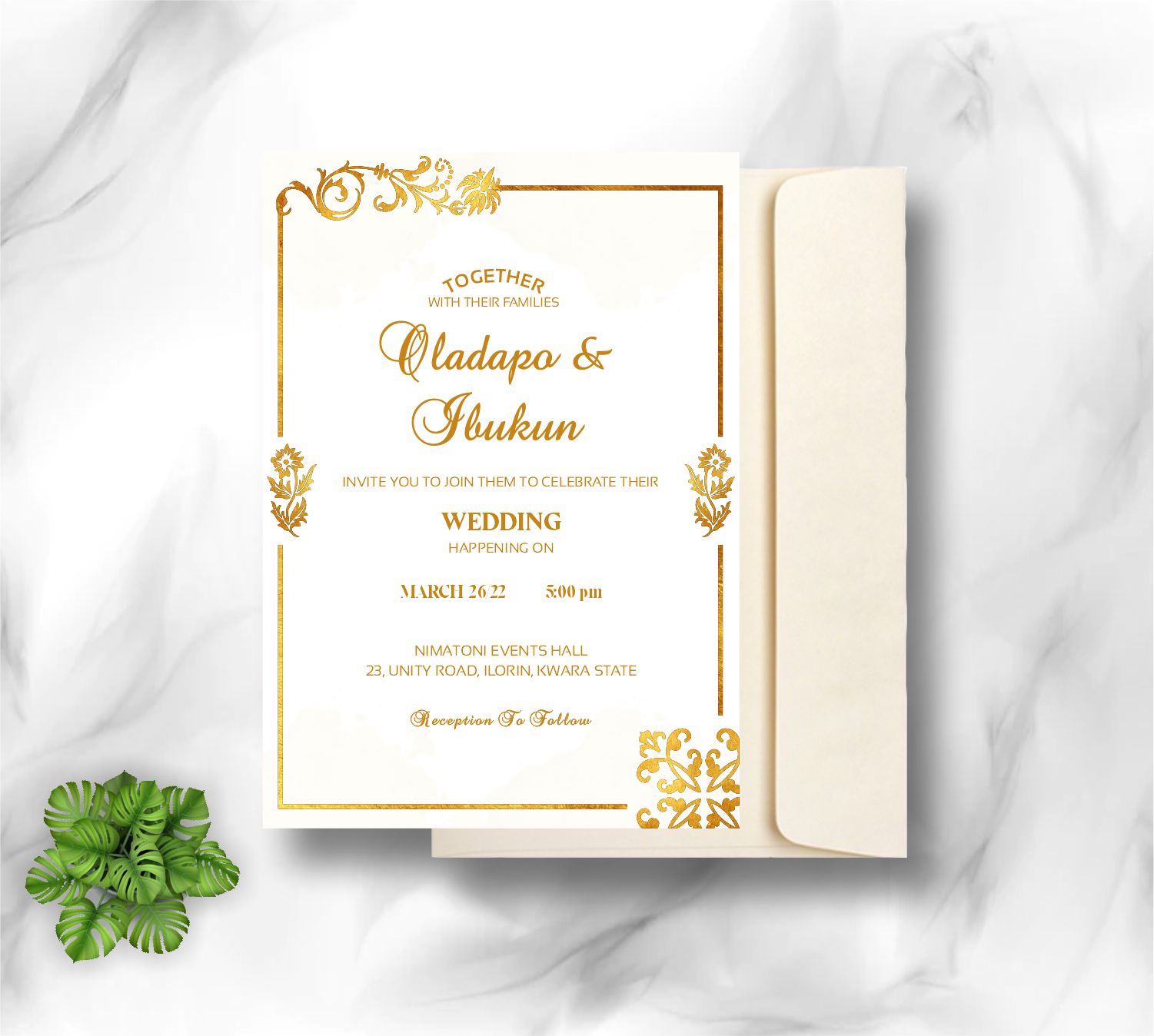

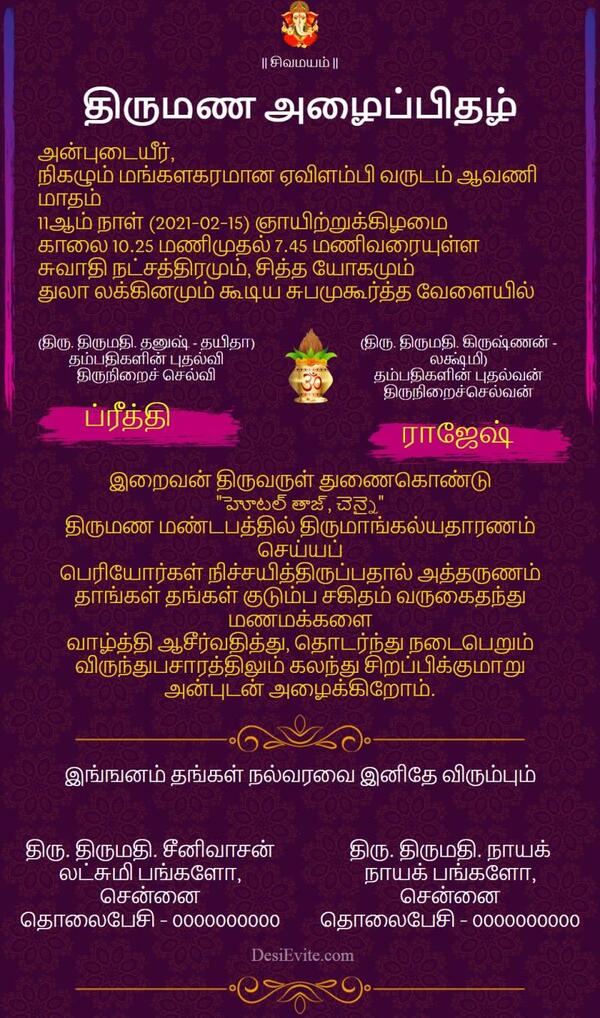
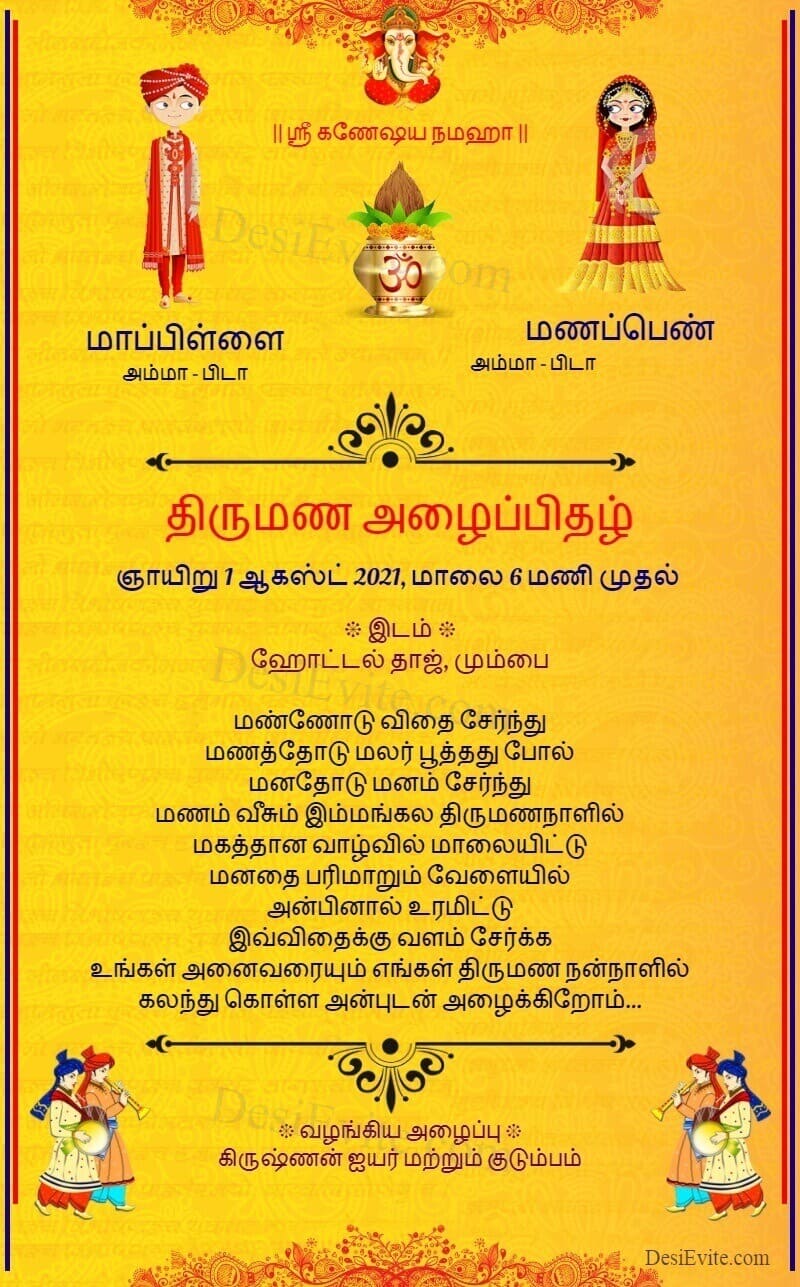


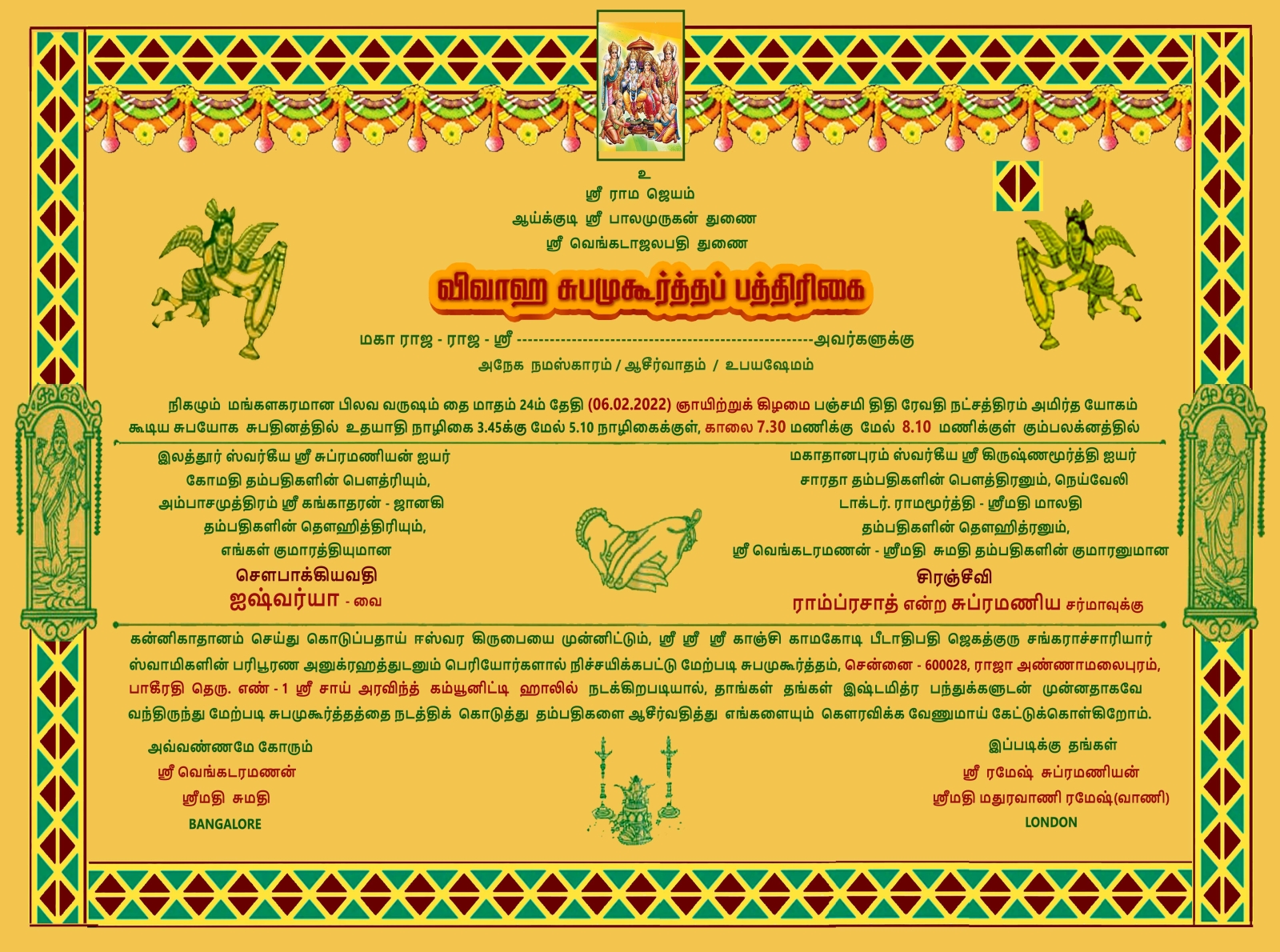

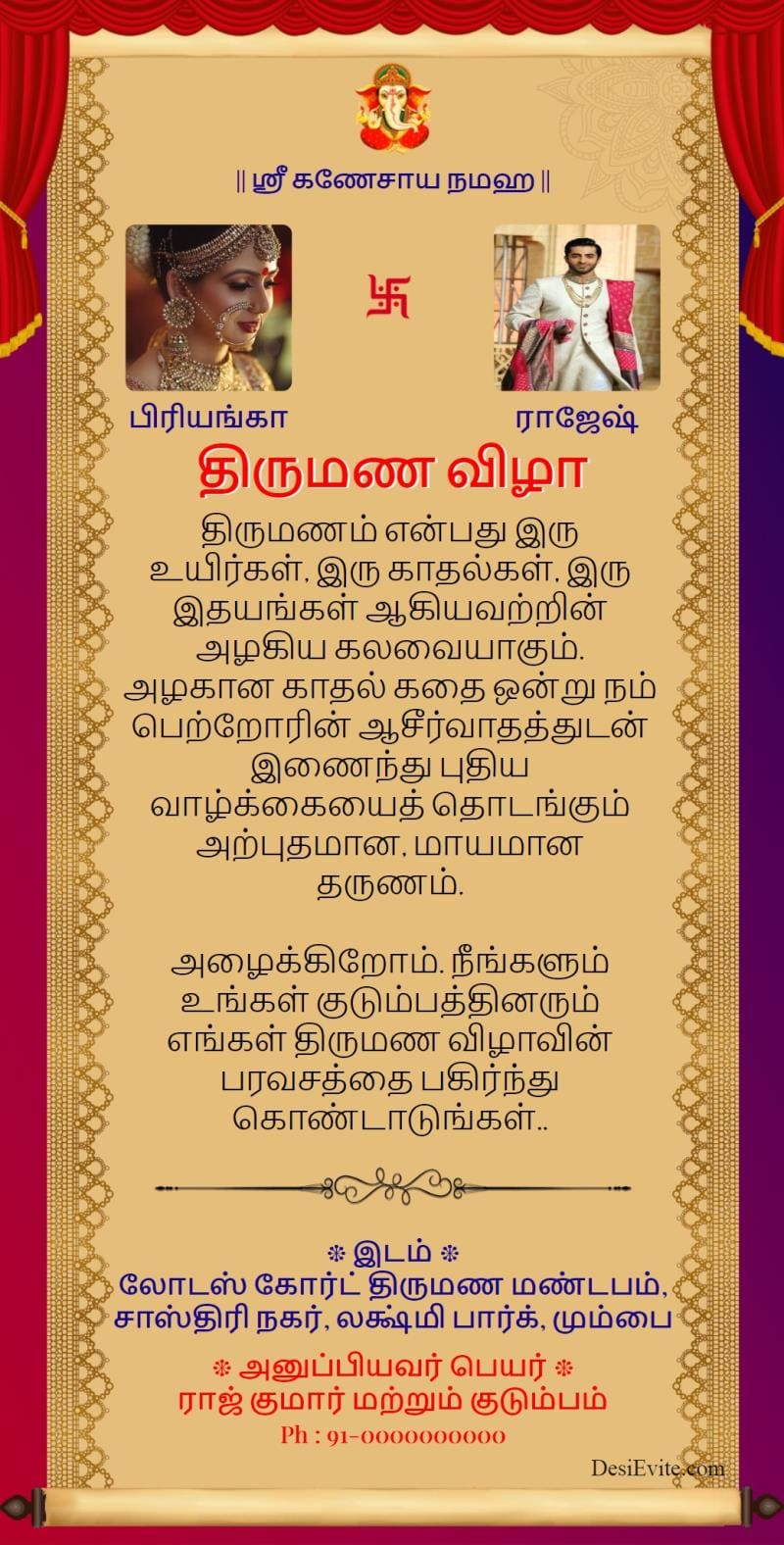

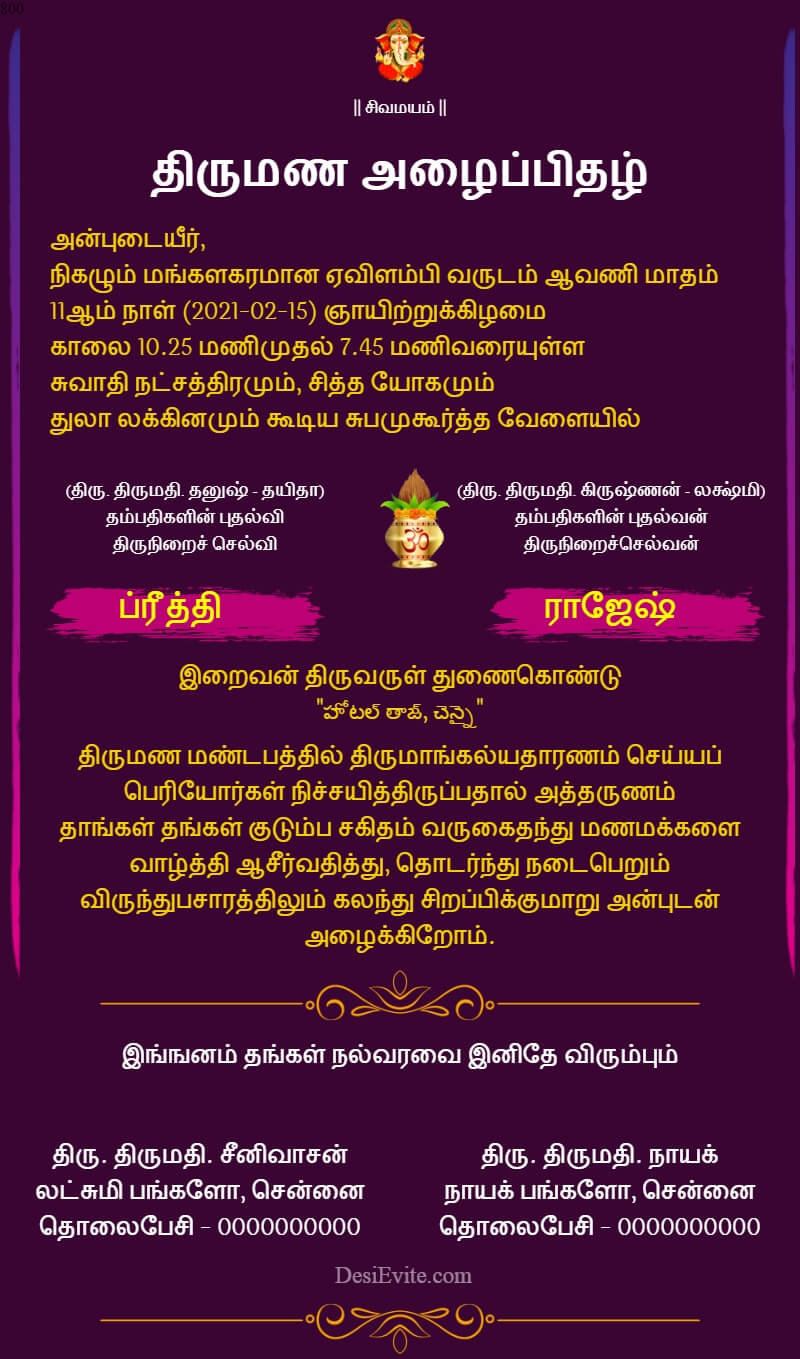

.jpg)
